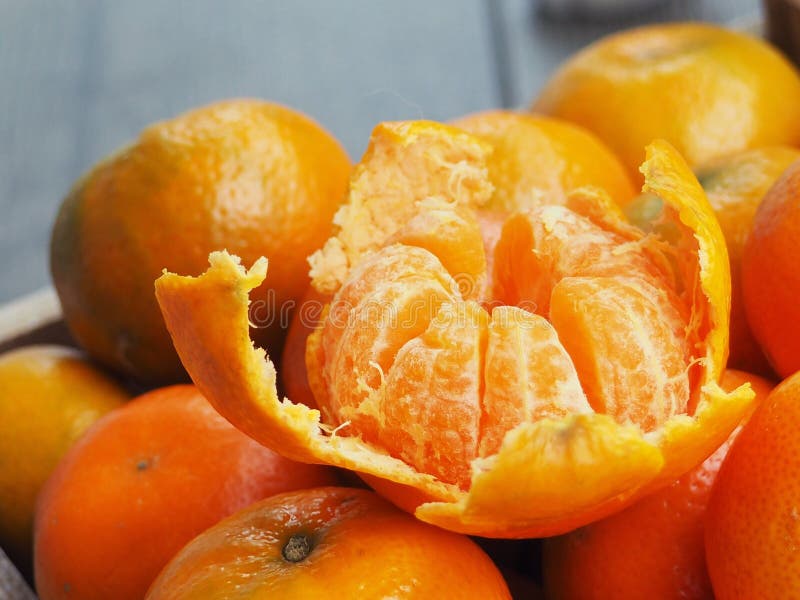

It typicly tastes more tangy than a mandarin, and has a unique characteristic of a nipple-like shape at the top. It is believed to be a hybrid of a the tangerine or mandarin and a pomelo or grapefruit.

The Valencia oranges are the most popular oranges for orange juice and are often thought of as a common orange. They tend to have a thick skin, rind, bitter pith, and sweet-tart flesh. These are believe to have originated as a hybrid of the pomelo and mandarin orange. Orange: There are several orange varieties such as: the sweet orange, Valencia orange, navel oranges, and blood oranges.They have thin skin, along with being loose skin, it makes them easy to peel. Mandarins are typically smaller and sweeter than oranges, they also have a slightly flattened round shape (like a tiny, soft pumkin without a stem). Mandarin: The mandarin is believed to be the original species from which what we now know of as the common orange descended.We’ll break down a few of the main ones you may find at your grocery stores below. Much like there are hundreds of varieties of apples, there are many different types of oranges. The Mandarin and Orange Citrus Fruits Familyīotanically an orange does not just one type of fruit, but it is a collection of various citrus species in the family Rutaceae. Mandarins are a great addition to any healthy diet as plant-based foods have been shown to improve overall health. They are also a good source of vitamin C, which helps support a healthy immune system and healthy skin. Your body turns beta carotene into vitamin A, supporting a healthy immune system and eyesight. Mandarin oranges may have more beta carotene than regular oranges. Beta carotene is what gives mandarins their rich orange color. Mandarins are a great source of beta carotene.
Tangerine carbs free#
They are loaded with vitamins, minerals, and antioxidants, which help neutralize free radicals and support your body to function at its best.Ī few notable benefits found in mandarins are: Not only do mandarins satisfy a sweet tooth, but they are also a quick and easy snack. So it’s best to let your taste buds decide which variety you will enjoy most! The health benefits of mandarins, tangerines and other orange citrus fruits will be very similar. Health and Nutritional Benefits from Mandarins and Tangerines The tangerine orange has a peak season from autumn to spring. Fresh and dried tangerine peels make a favorable spice for cooking and baking. Tangerines are typically a little larger than a regular mandarin orange.įresh tangerine is often enjoyed as a snack in salads, salad dressings, or desserts.

The taste of the tangerine fruit is a sweet flavor and less sour than an orange.
Tangerine carbs skin#
Tangerines are bright orange, with slightly tough skins, with thinner skin around the juicy edible parts. When ripe, its skin becomes firm to slightly soft, with orange pebbly skin, making it easy to peel and the perfect snack. doi:10.Tangerines are a type of mandarin orange and the most popular of the mandarin variety. Carotenoid bioaccessibility in pulp and fresh juice from carotenoid-rich sweet oranges and mandarins. Rodrigo MJ, Cilla A, Barberá R, Zacarías L. Clementine juice has the potential for drug interactions - In vitro comparison with grapefruit and mandarin juice. Citrus allergy from pollen to clinical symptoms. Iorio RA, del Duca S, Calamelli E, et al. National Institutes of Health Office of Dietary Supplements. Risk of deficiency in multiple concurrent micronutrients in children and adults in the United States.
Tangerine carbs trial#
Chronic consumption of flavanone-rich orange juice is associated with cognitive benefits: an 8-wk, randomized, double-blind, placebo-controlled trial in healthy older adults. Neuroinflammation: modulation by flavonoids and mechanisms of action. Spencer JP, Vafeiadou K, Williams RJ, Vauzour D. Role of carotenoid β-cryptoxanthin in bone homeostasis. Vitamin C inactivates the proteasome inhibitor PS-341 in human cancer cells. Citrus fruit intake and breast cancer risk: a quantitative systematic review. Vitamin C and heart health: A review based on findings from epidemiologic studies. Beta-cryptoxanthin as a source of vitamin A. Folate: Fact sheet for health professionals.īurri BJ. National Institutes of Health Office of Dietary Supplements Vitamin C: Fact sheet for consumers.


 0 kommentar(er)
0 kommentar(er)
